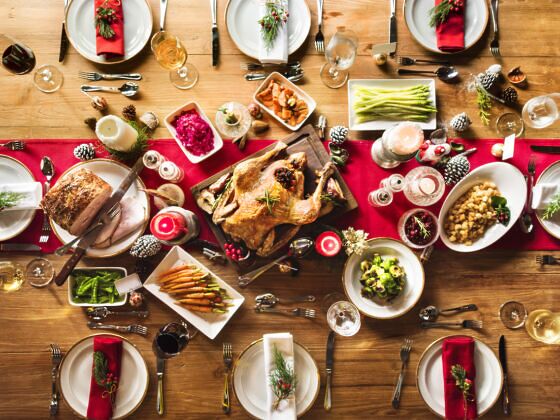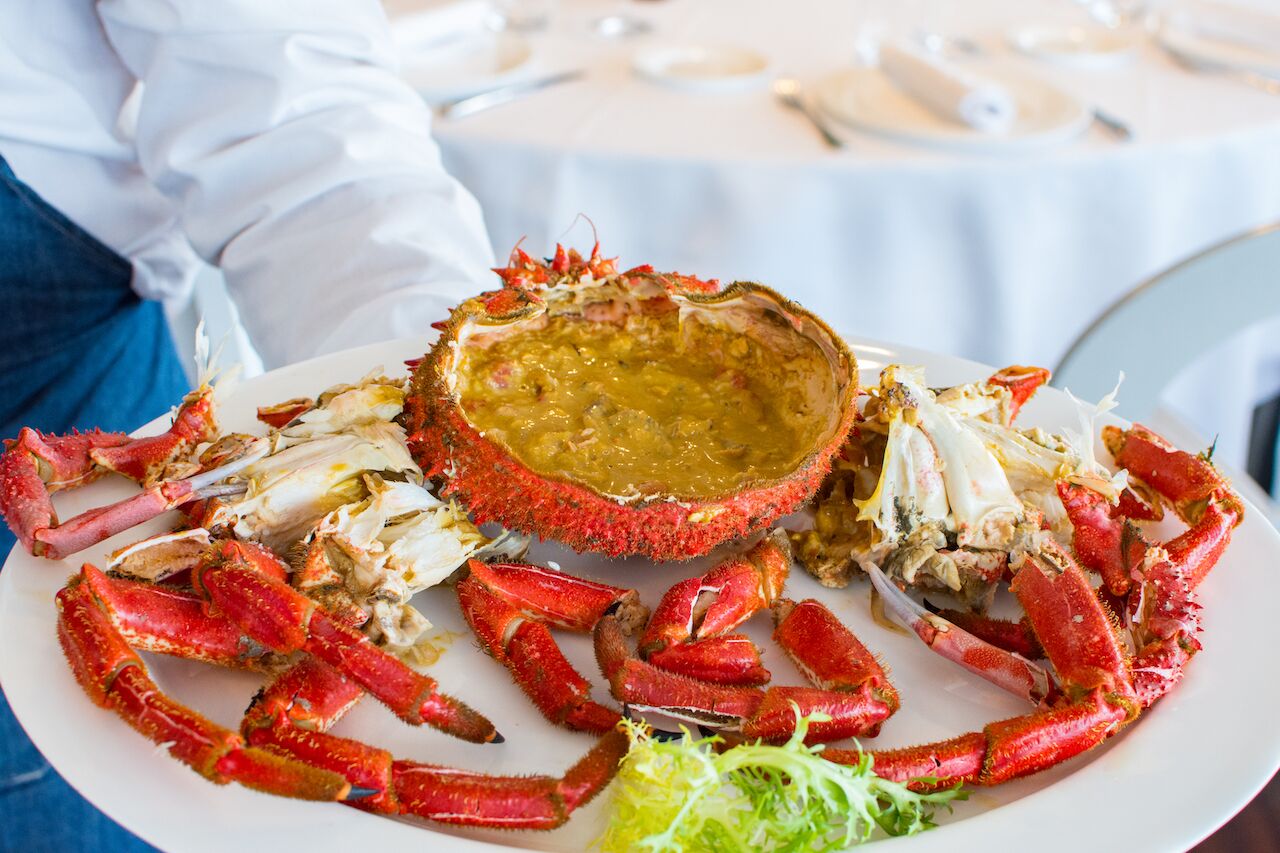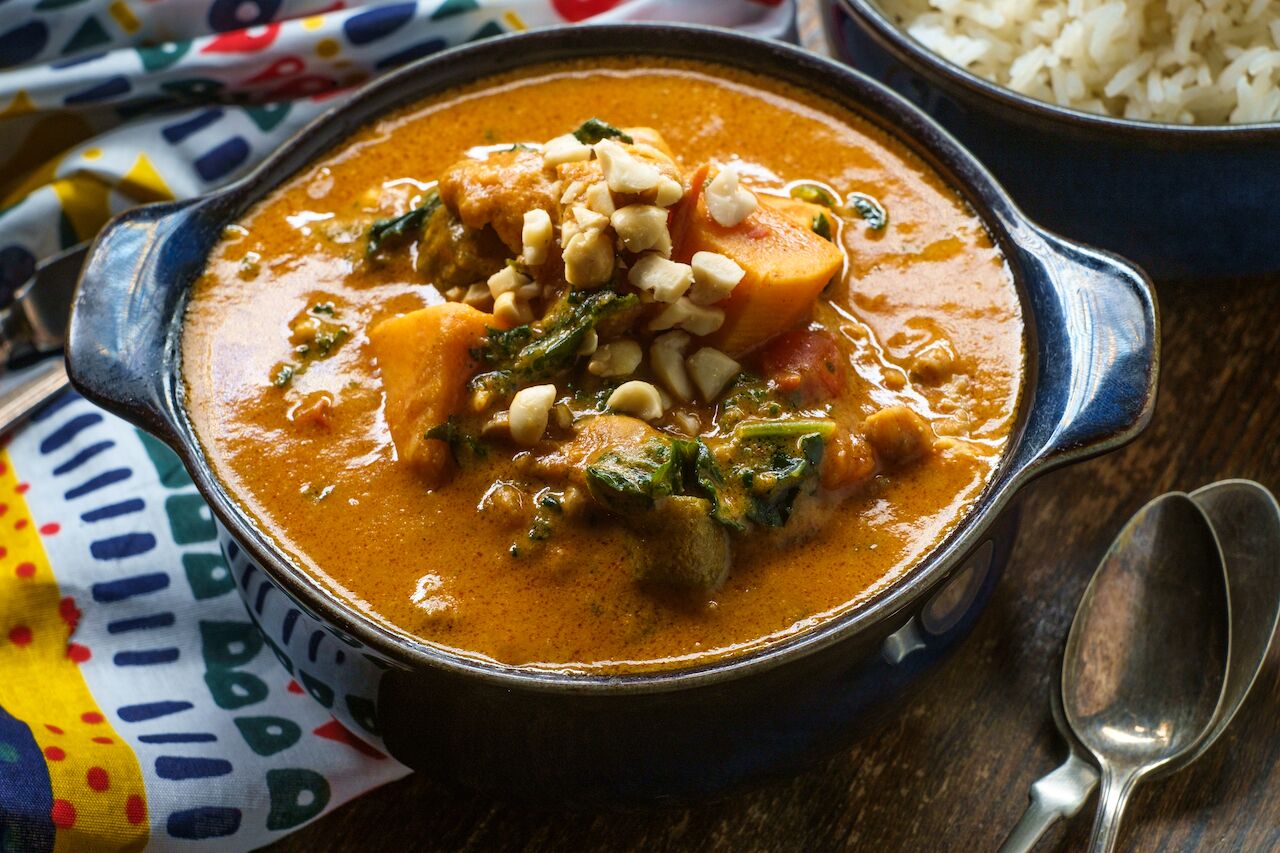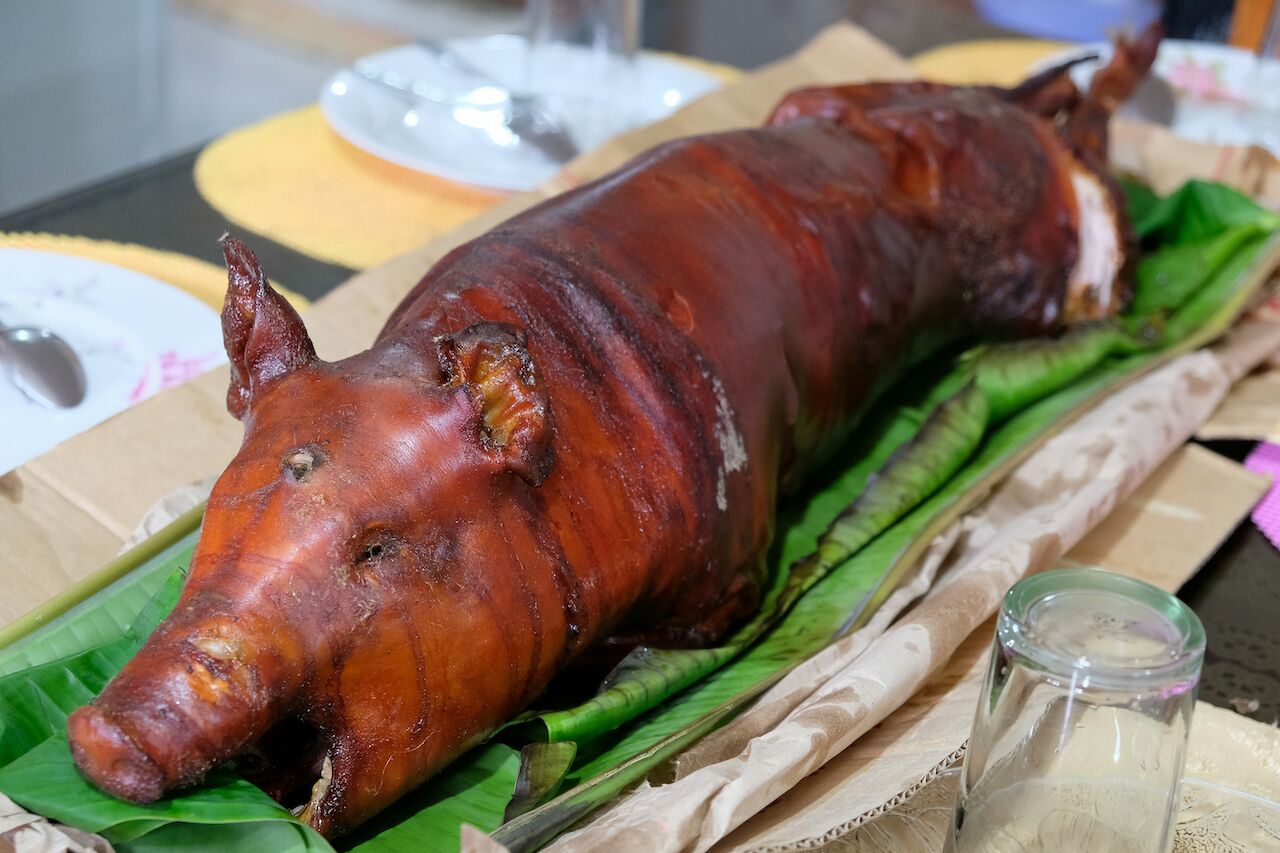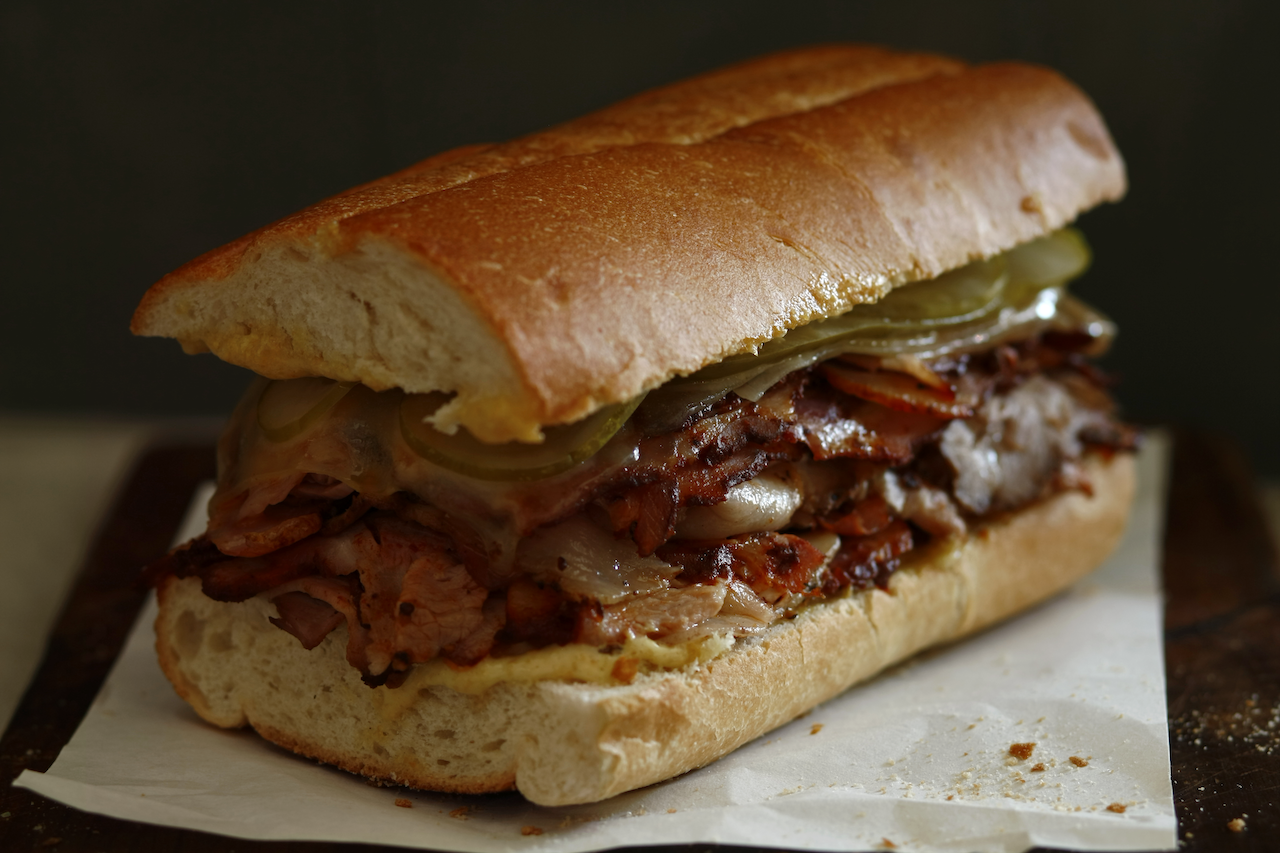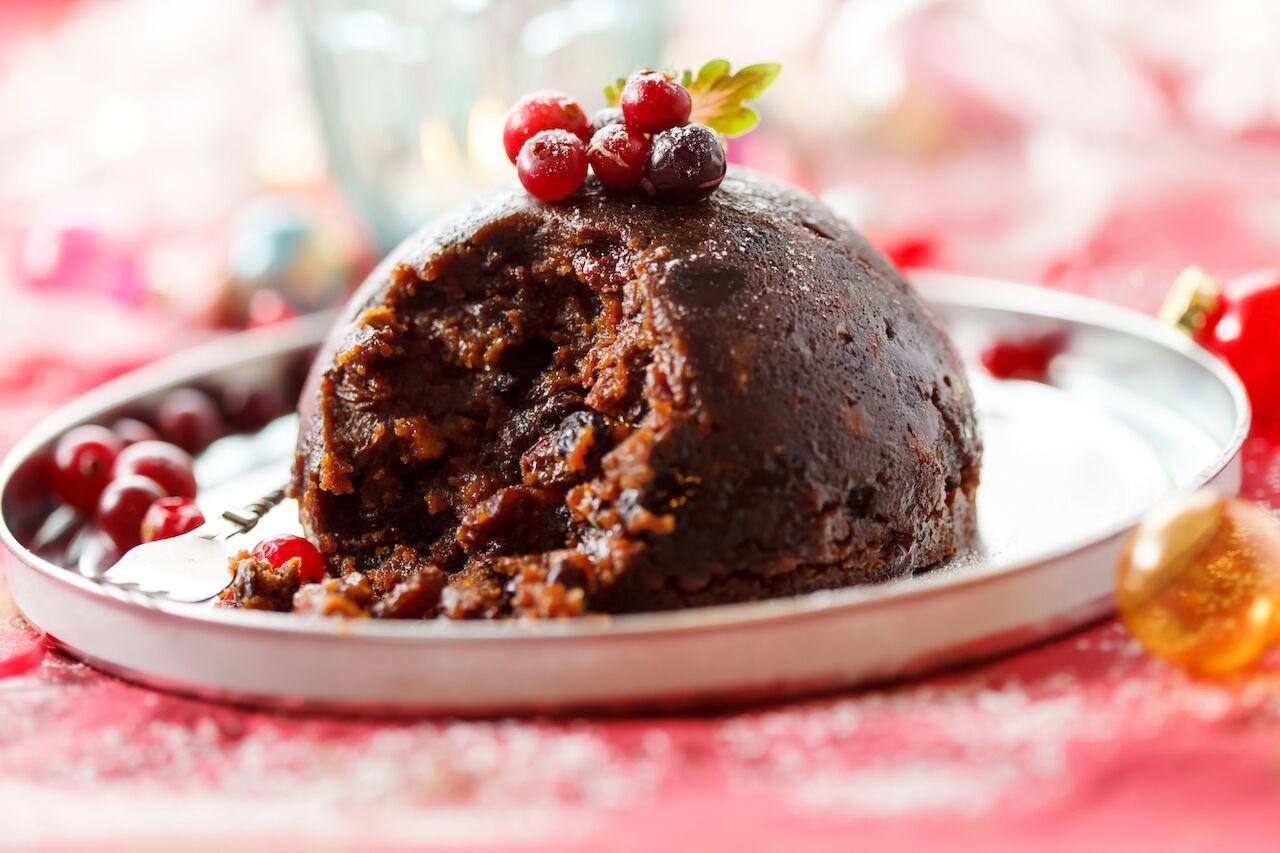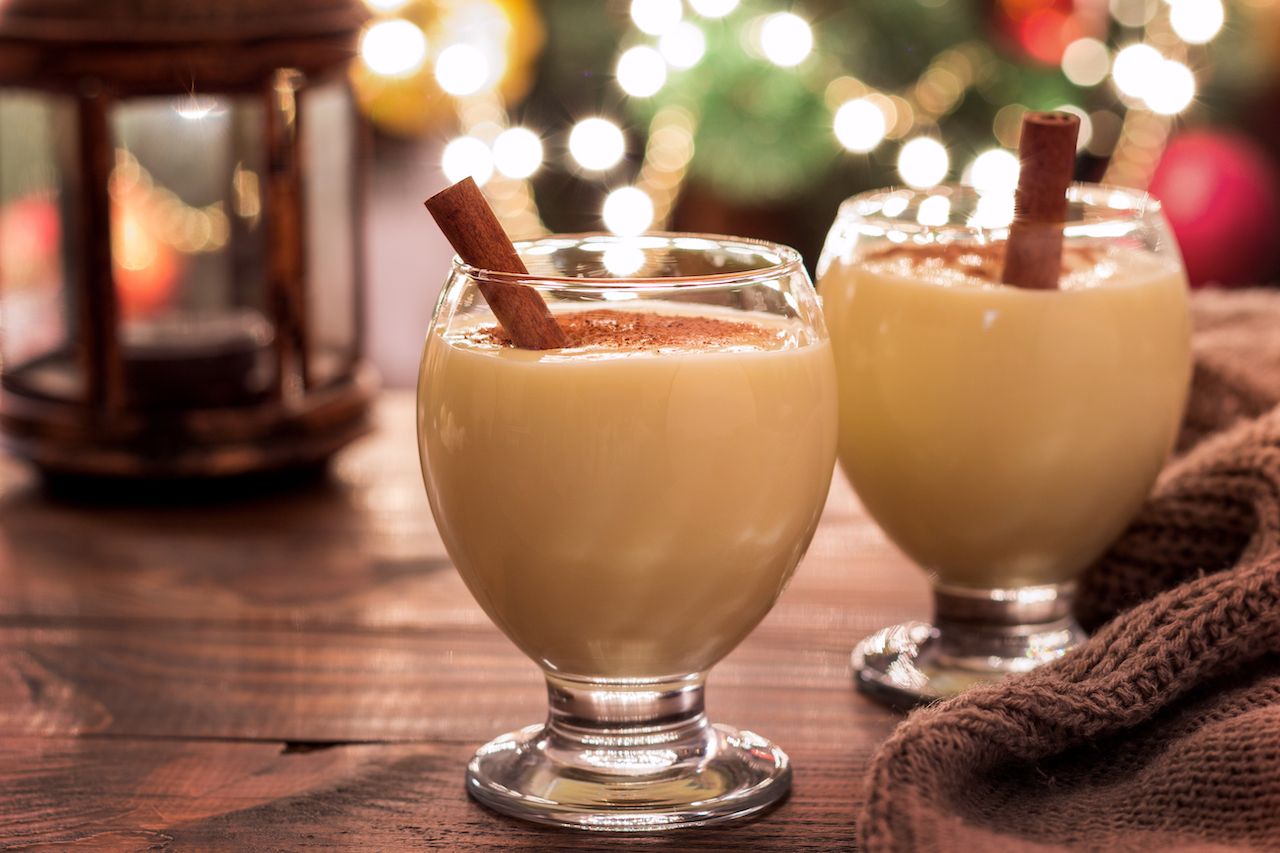The holiday season is for eating. All around the world, food and drinks are the centerpieces to gatherings of family and friends. What’s on the menu depends on where you are, and the dishes that make it to a plate and the drinks poured into glasses are often cherished regional and family recipes.
We caught up with chefs who’ve run Michelin starred restaurants, home cooks, recipe developers, and writers to learn more about the recipes that make the holidays sing.
